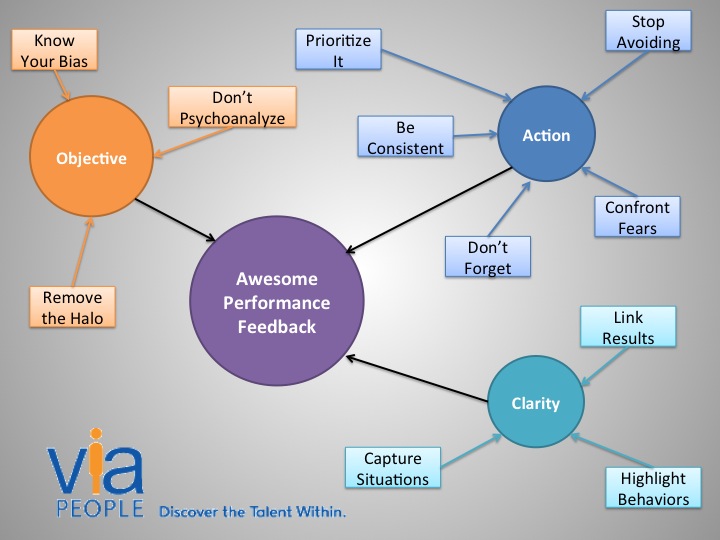Don't Forget the People in Employee Performance Management
Employee performance management systems have received a great deal of attention in the business media over the past few …
Performance Reviews for High Performers – 5 Tips for Managers
Time to Step Up Your Leadership Game Managers sometimes assume that top performers do not need as much feedback, coachin …
Be Thankful for Employee Performance Reviews
Although all of the performance review naysayers might have you believe that the general populace despises the practice …
The Clock is Ticking...5 Ways to Get Performance Reviews Done on Time
Employee performance reviews are one component of the employee performance management process but they are an important …
Don't Blame Performance Reviews, Blame Poor Leadership
Once again, performance reviews are getting a bad rap. Several colleagues shared this recent article, The end of 'valued …
7 Steps to Writing a Winning Self-Appraisal
If completing a self-appraisal as part of the performance evaluation process ‘scares’ you, now is the time to get over y …
Awesome Performance Feedback in Employee Performance Management [INFOGRAPHIC]
Accurately delivering and documenting performance feedback is a critical element in employee performance management. Usi …
10 Easy Ways to Improve the Mid-Year Performance Review
The mid-year performance review is an important part of the overall employee performance management process. Conducting …
Case Study: Starwood Hotels Uses Predictive Workforce Analytics to Link Leadership Behavior with Business Drivers
Starwood Hotels & Resorts Worldwide, Inc. owns, manages and franchises some of the most well-known brands in the hot …
Mid-Year Reviews – the New Annual Performance Appraisal?
#MidYearReview Don’t be surprised if you see the #MidYearReview hashtag trending on your Twitter screen. Mid-year perfor …










